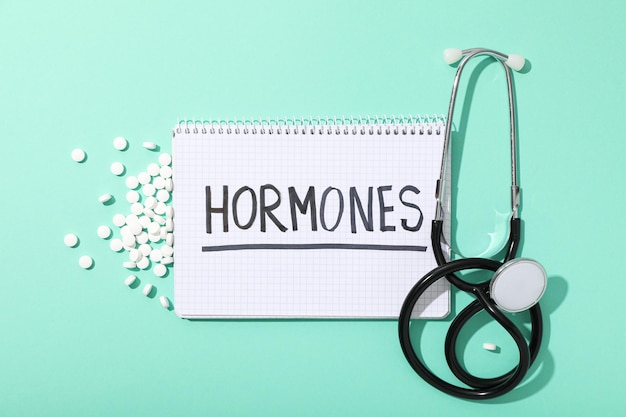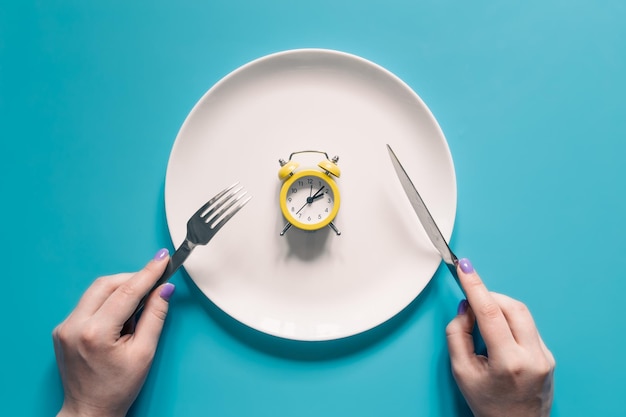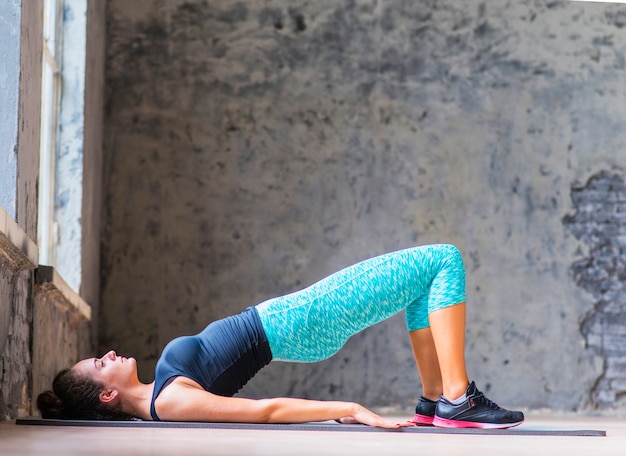21 Science-Backed Ways to Balance Hormones with HIIT: A Beginner’s Guide to Fitness & Hormonal Health
If you're new to the gym and looking to improve your overall well-being, High-Intensity Interval Training (HIIT) might be the missing piece in your health journey. Beyond burning calories and building stamina, HIIT has been shown to positively influence hormone regulation — a key factor in energy, mood, sleep, and metabolism. This guide breaks down 21 practical, beginner-friendly ways to use HIIT for hormonal balance, complete with weekly targets, safety tips, and actionable advice.
Why HIIT Matters for Hormone Balance
Hormones like insulin, cortisol, growth hormone, and testosterone play crucial roles in how your body stores fat, manages stress, builds muscle, and regulates appetite. Sedentary lifestyles and chronic stress can disrupt these systems. HIIT helps reset hormonal function by:
- Boosting human growth hormone (HGH) production
- Improving insulin sensitivity
- Reducing excess cortisol when practiced mindfully
- Supporting healthy testosterone levels in both men and women

21 Ways to Use HIIT for Hormonal Health (Beginner-Friendly)
- Start with 10-Minute Sessions: Begin with short bursts of 30 seconds of effort followed by 60 seconds of rest. This eases your body into intense work without overwhelming your adrenal system.
- Limit HIIT to 2–3 Days Per Week: Overtraining spikes cortisol. Stick to 20–25 minutes, 2–3 times weekly for optimal hormonal response.
- Focus on Full-Body Movements: Exercises like squats, jumping jacks, and mountain climbers engage large muscle groups, triggering beneficial hormone release.
- Warm Up for 5 Minutes: Prepare your nervous system with light cardio and dynamic stretches to reduce injury risk and support smooth hormone transitions.
- Use a 1:2 Work-to-Rest Ratio: For beginners, 20 seconds of effort and 40 seconds of rest helps maintain intensity without excessive stress.
- Track Your Energy Levels: If you feel drained or irritable post-workout, reduce frequency. Hormonal balance means listening to your body.
- Hydrate Before and After: Dehydration increases cortisol. Drink water throughout the day, especially around workouts.
- Pair HIIT with Strength Training: Combining resistance and interval training enhances insulin sensitivity and muscle-building hormones.
- Avoid Late-Night Sessions: HIIT after 7 PM may disrupt melatonin. Aim for morning or early afternoon workouts to support circadian rhythm.
- Get 7–8 Hours of Sleep: Sleep is when hormone repair happens. Prioritize rest to maximize HIIT benefits.
- Eat Protein After Workouts: Consuming 15–20g of protein within 45 minutes helps regulate cortisol and supports muscle recovery.
- Include Low-Impact Days: Balance HIIT with walking or yoga to keep cortisol in check and support recovery.
- Monitor Your Heart Rate: Stay within 70–90% of your max heart rate during intervals. Use a fitness tracker for accuracy.
- Breathe Deeply During Rest: Controlled breathing lowers cortisol. Inhale through the nose for 4 counts, exhale for 6.
- Avoid Sugary Post-Workout Snacks: High sugar spikes insulin. Choose whole foods like nuts, yogurt, or fruit instead.
- Stay Consistent, Not Extreme: Hormonal benefits come from regular, moderate effort — not occasional intense sessions.
- Practice Mindful Recovery: Foam rolling, stretching, and meditation help regulate stress hormones.
- Track Progress Weekly: Note energy, mood, sleep, and workout performance — not just weight.
- Choose Enjoyable Exercises: Fun workouts reduce perceived stress and support dopamine and endorphin release.
- Stay Hydrated with Electrolytes: Especially after sweating, replenish sodium, potassium, and magnesium to support adrenal function.
- Consult Your Doctor if You Have Hormonal Conditions: Conditions like PCOS, thyroid disorders, or adrenal fatigue require tailored approaches.
- Keep a Workout Journal: Logging sessions helps identify patterns in energy and mood related to hormonal shifts.
Weekly HIIT Targets for Beginners
| Week |
Sessions |
Duration |
Work:Rest Ratio |
| 1–2 | 2 | 10–15 min | 1:2 |
| 3–4 | 2–3 | 15–20 min | 1:1.5 |
| 5+ | 3 | 20–25 min | 1:1 |
Safety Reminders for New Gym-Goers
- Always consult a healthcare provider before starting a new exercise program, especially if you have pre-existing conditions.
- Stop immediately if you feel dizziness, chest pain, or extreme shortness of breath.
- Focus on form over speed to prevent injury.
- Allow at least one rest day between HIIT sessions.
- Avoid comparing your progress to others — hormonal balance is deeply personal.
HIIT is a powerful tool, but it’s most effective when used wisely. For gym newbies, the key is consistency, recovery, and mindfulness. When combined with proper nutrition, sleep, and stress management, HIIT can help reset your hormonal health and boost your overall vitality.
















